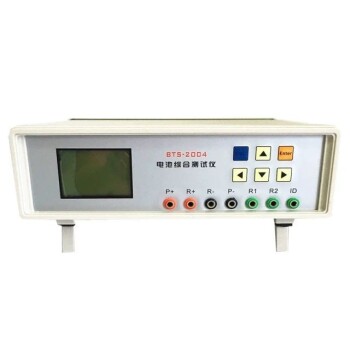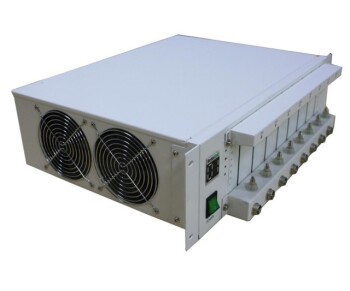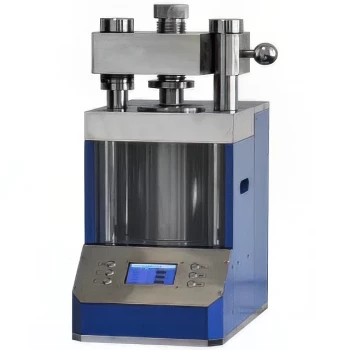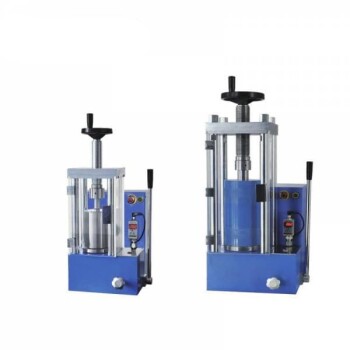Testing soil effectively requires a variety of equipment and tools. These range from handheld X-ray fluorescence analyzers to traditional laboratory apparatuses.
This equipment is crucial for assessing the soil's composition, physical properties, and potential contaminants. It's essential for agricultural, environmental, and construction purposes.
4 Essential Tools for Effective Soil Testing

1. Handheld X-ray Fluorescence (XRF) Analyzer
Functionality: This device uses X-ray fluorescence technology to detect and measure the concentration of heavy metals and other elements in soil samples.
Advantages:
- Rapid Results: Provides stable and accurate results within seconds, covering over 30 elements simultaneously.
- User-Friendly: Easy to operate with minimal training required. The software is intuitive and alerts users when element concentrations exceed set limits.
- Innovative Features: Includes a soil moisture correction function to ensure accurate results by automatically adjusting for soil moisture content.
- Durability: Designed to withstand harsh environmental conditions, making it suitable for field use.
2. Laboratory-Based Soil Testing Equipment
Consolidation Test Apparatus: Used to measure the compressibility of soil under vertical stress, which is crucial for understanding soil behavior under load, particularly in construction projects.
Shear Strength Testing Machines: These machines determine the shear strength of soil, which is essential for assessing soil stability and its ability to support structures.
California Bearing Ratio (CBR) Test Equipment: Measures the load-bearing capacity of soil, which is critical for road construction and foundation design.
3. Sample Preparation Tools
Sample Preparation for Spectrometric Analysis:
- Cleaning: Remove all unwanted organic and inorganic objects from the sample to avoid data distortions.
- Drying: If necessary, calcine the sample to remove moisture and obtain dry sample results.
- Powdering: Often, soil samples need to be powdered to ensure homogeneity and accurate analysis.
4. General Considerations for Soil Testing Equipment
Portability vs. Precision: Depending on the testing environment (field vs. laboratory), the choice of equipment may vary. Handheld devices like XRF analyzers are ideal for fieldwork due to their portability, while laboratory equipment offers higher precision and detailed analysis.
Maintenance and Durability: Equipment should be robust enough to handle field conditions and require minimal maintenance to ensure long-term reliability.
Training and User-Friendliness: Equipment should be easy to use, with intuitive software and minimal training requirements, to ensure accurate and consistent results.
5. Environmental and Health Considerations
Pollution Monitoring: Soil testing equipment, especially XRF analyzers, play a crucial role in monitoring soil pollution by detecting heavy metals and other contaminants, which is essential for environmental protection and human health.
Regulatory Compliance: The data obtained from soil testing equipment helps in complying with environmental regulations and guidelines, ensuring that land use and development are safe and sustainable.
Continue Exploring, Consult Our Experts
In conclusion, the selection of soil testing equipment depends on the specific needs and objectives of the testing. Whether it be for agricultural management, environmental assessment, or construction purposes, the combination of handheld XRF analyzers and laboratory-based testing equipment provides a comprehensive approach to understanding and evaluating soil properties and conditions.
Discover how KINTEK SOLUTION's cutting-edge soil testing equipment can transform your analysis with precision and efficiency. Our handheld XRF analyzers offer rapid, accurate, and user-friendly on-site testing, while our lab equipment ensures detailed insights. Elevate your soil testing capabilities today—contact us now for tailored solutions that meet your unique needs. Your comprehensive soil analysis awaits.



















